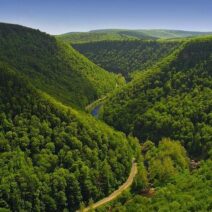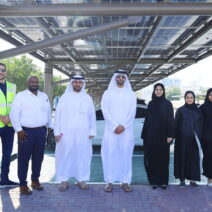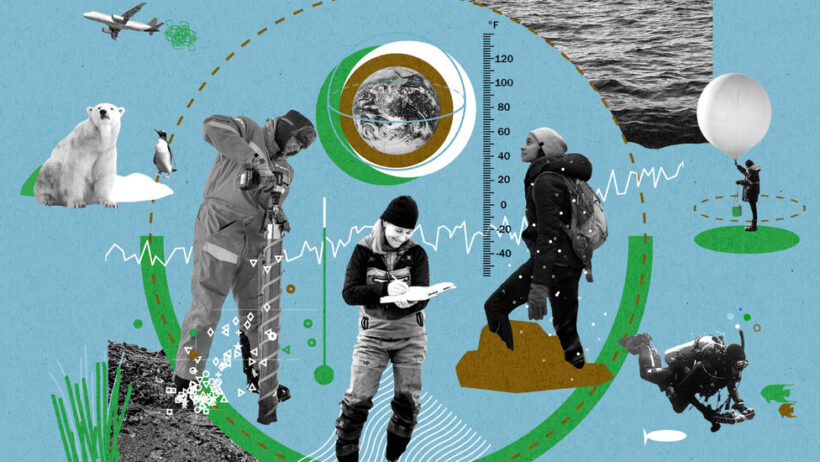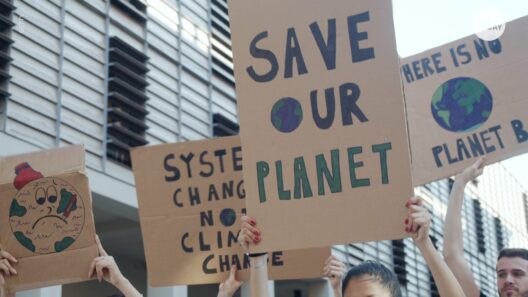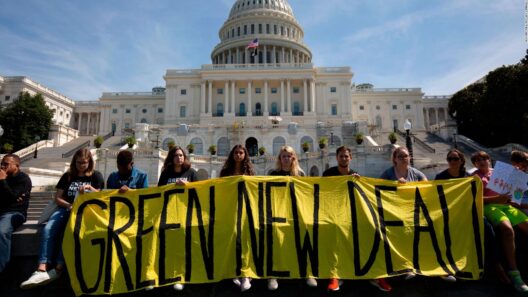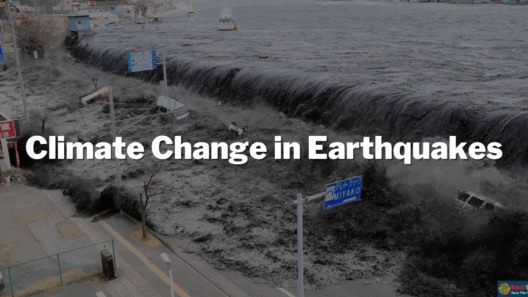Global warming—a term that invokes various sentiments ranging from concern to skepticism—encompasses a complex web of climatic phenomena. While many associate it exclusively with rising temperatures and melting ice caps, the relationship between global warming and cold weather events is equally significant. This paradox captivates both scholars and laypeople alike, prompting a deeper inquiry into the intricate mechanisms that govern our planet’s climate systems.
When individuals experience intense cold snaps or unprecedented winter storms, questions naturally arise: How can the planet be getting warmer if we are experiencing these frigid temperatures? This observation often leads to confusion and highlights a common misconception that global warming uniformly leads to warmer conditions across all regions at all times. Azimuthally, the climate system operates on a scale that transcends mere surface temperatures, introducing a multitude of variables that interplay to create climate variability.
To understand this phenomenon, it is crucial to delve into the mechanics of the Earth’s atmospheric system. The atmosphere is a dynamic entity composed of various layers of gases that interact with solar radiation, terrestrial features, and other atmospheric conditions. One of the fundamental components of this system is the jet stream, a high-altitude air current that influences weather patterns around the globe.
As global temperatures rise due to the accumulation of greenhouse gases, there are notable changes to the jet stream’s structure and behavior. Warmer temperatures can alter the temperature gradient between the polar regions and the equator, leading to a weakening of the jet stream. This weakening can cause it to meander more significantly, resulting in prolonged periods of extreme weather in certain areas.
For instance, when the jet stream dips southward, it can bring arctic air masses further into lower latitudes, leading to colder temperatures in regions that typically enjoy milder winters. This phenomenon disrupts the normative weather patterns and creates a paradox where global warming contributes to localized cooling events. Such events have been documented in recent winters, where places typically unaccustomed to harsh winter conditions have been blanketed in snow and engulfed by biting cold.
Furthermore, increased climate variability is a direct consequence of global warming, which amplifies extreme weather occurrences. Evidence indicates that the frequency and intensity of winter storms have escalated in many regions. These storms are fueled by the additional moisture that a warmer atmosphere can retain, resulting in heavier snowfall and more significant cold fronts. The relationship between the wane of the polar vortex—an encircling mass of frigid air in the polar region—and increased cold weather events further illuminates the intricate ties connecting warming and gnarly cold.
Moreover, the warming of ocean waters influences weather patterns on a global scale. Oceans absorb significant amounts of carbon dioxide and heat, acting as a buffer but also contributing to complex feedback systems. Warmer seas can generate more intense storms and shift atmospheric currents, which in turn can amplify cold weather phenomena in various regions. This intricate interaction compoundingly illustrates how global warming is not a straightforward increase in heat, but a dynamic and multifaceted challenge that leads to unpredictable weather extremes.
From a broader perspective, the ramifications of understanding the interplay between global warming and cold weather cast a spotlight on societal responses. The increasing volatility of our climate system demands a rethinking of local governance, disaster preparedness, and infrastructure resilience. Communities must become adaptive and proactive in their approaches to increasingly erratic weather patterns. This can involve investing in green infrastructure, efficient public services, and sustainable urban planning that can withstand both heat waves and cold snaps.
Education plays a vital role in dispelling myths surrounding climate change. Effective dissemination of information can empower individuals and communities to grasp the complexity of global warming and its far-reaching effects. By framing the conversation around scientific evidence, citizens can better comprehend the intricate network of interactions that lead to both warming and chilling weather phenomena.
As we contemplate the current state of our climate, it is evident that simplified narratives do little justice to the complexities involved. Cold weather events, once seen as anomalies in the face of global warming, reveal themselves as part of an elaborate dance dictated by Earth’s ever-evolving climate systems. Understanding this interplay not only enriches our knowledge of climate science but also establishes essential pathways for action and adaptation.
In conclusion, the relationship between global warming and cold weather exemplifies the multifaceted nature of our climate. The apparent contradiction of cold temperatures amid global warming underscores how interconnected and sophisticated our climate systems are. To safeguard our environment and future, public discourse must shift towards acknowledging these complexities, fostering resilience, and advocating for effective climate action. Only through such an understanding can humanity hope to navigate the multifarious challenges brought forth by our changing planet.
